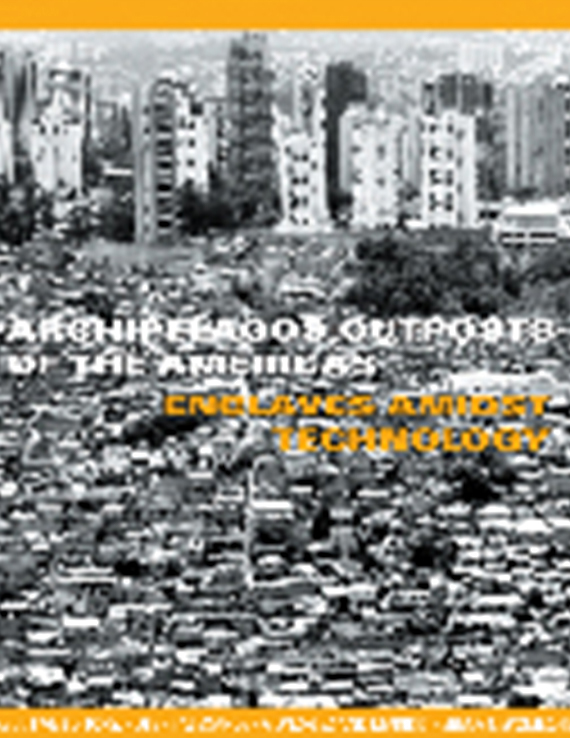Author(s): David Gissen
Between 1945 and1975, over 1000 synagogues, synagogue-centers and community centers were built by Jewish Americans in the suburbs of the United States. These suburban institutions, several of which were designed by architects such as Percival Goodman, Erich Mendelsohn, Philip Johnson, and Frank Lloyd Wright, have become icons of Jewish American stability and arrival in American culture. One of the most famous synagogues from this building boom is the Beth Sholom Synagogue in Elkins Park, Pennsylvania, which was commissioned by the synagogue’s Rabbi, Mortimer J. Cohen, and designed by Frank Lloyd Wright in 1953 and completed in 1959. Presented in numerous articles and books on architecture and Jewish art, the building often is cited as an example of the high-period of Wright’s late-career and a significant contribution to the design of synagogues. The building is one of 18 synagogues in Israel’s “Museum of the Diaspora’s” “synagogue room” and is one of 17 Wright buildings chosen by the American Institute of Architects that are considered a “major contribution to American culture.” Discussions of Beth Sholom are numerous and primarily fall into two types of explorations; the role of the building in the late-career of wright and the role of the building in modern synangogue design. All of these examinations are useful to an understanding of the building, but Beth Sholom’s fame also makes it a useful building to analyze in order to understand its role in the shifts transforming Jewish American culture in the 1950s. The mountain of articles and letters that document the design process of Beth Sholom reveal that the building emerged from a critical moment in Philadelphia’s Jewish history, if not the Jewish history of the entire United States. In particular, Beth Sholom was designed at a time when Jewish Americans were unsure of the relationship between Judaism and the American suburban landscape, a landscape they were encouraged to inhabit by their own congregations and large and powerful Jewish organizations. In many ways Frank Lloyd Wright and Mortimer Cohen used the design of Beth Sholom to orient Judaism, as they interpreted it, to the more natural and car-oriented life-world of suburbia. Beth Sholom can be seen as an “organizational” work, a work that was as much a work of architecture to be experienced as a device to enable a geographic shift.
Volume Editors
Marilys R. Nepomechie & Robert Gonzalez
ISBN
0-935502-54-8

 Study Architecture
Study Architecture  ProPEL
ProPEL 
